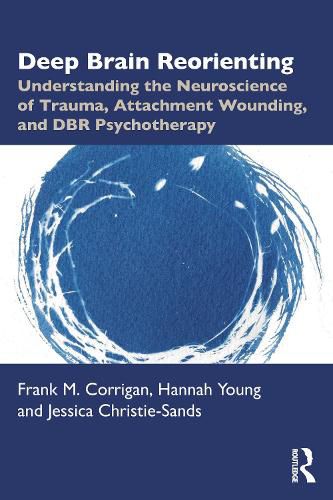Readings Newsletter
Become a Readings Member to make your shopping experience even easier.
Sign in or sign up for free!
You’re not far away from qualifying for FREE standard shipping within Australia
You’ve qualified for FREE standard shipping within Australia
The cart is loading…






Deep Brain Reorienting introduces a novel, evidence-based approach to the treatment of trauma-related disorders. Steeped in neuroscience, this book builds on recent scientific contributions to the effects of shock, trauma, and neglect on the brain at the deepest levels. Enhanced by detailed case material and underpinned by a strong theoretical framework, the authors give special attention to clinically significant forms of dissociation, as well as attachment wounding and its treatment. This neurobiologically informed focus offers fresh perspectives, reaching beneath the level of cognitive, affective, and defensive components of traumatic responding.
Written at the interface of neuroscience and psychotherapy, this book will be invaluable to psychotherapists whose clinical practice is calling for new ways to work with the effects of traumatic experiences. In addition, several hypotheses will appeal to research-oriented psychotherapists and clinically-led researchers in a range of fields.
$9.00 standard shipping within Australia
FREE standard shipping within Australia for orders over $100.00
Express & International shipping calculated at checkout
Deep Brain Reorienting introduces a novel, evidence-based approach to the treatment of trauma-related disorders. Steeped in neuroscience, this book builds on recent scientific contributions to the effects of shock, trauma, and neglect on the brain at the deepest levels. Enhanced by detailed case material and underpinned by a strong theoretical framework, the authors give special attention to clinically significant forms of dissociation, as well as attachment wounding and its treatment. This neurobiologically informed focus offers fresh perspectives, reaching beneath the level of cognitive, affective, and defensive components of traumatic responding.
Written at the interface of neuroscience and psychotherapy, this book will be invaluable to psychotherapists whose clinical practice is calling for new ways to work with the effects of traumatic experiences. In addition, several hypotheses will appeal to research-oriented psychotherapists and clinically-led researchers in a range of fields.